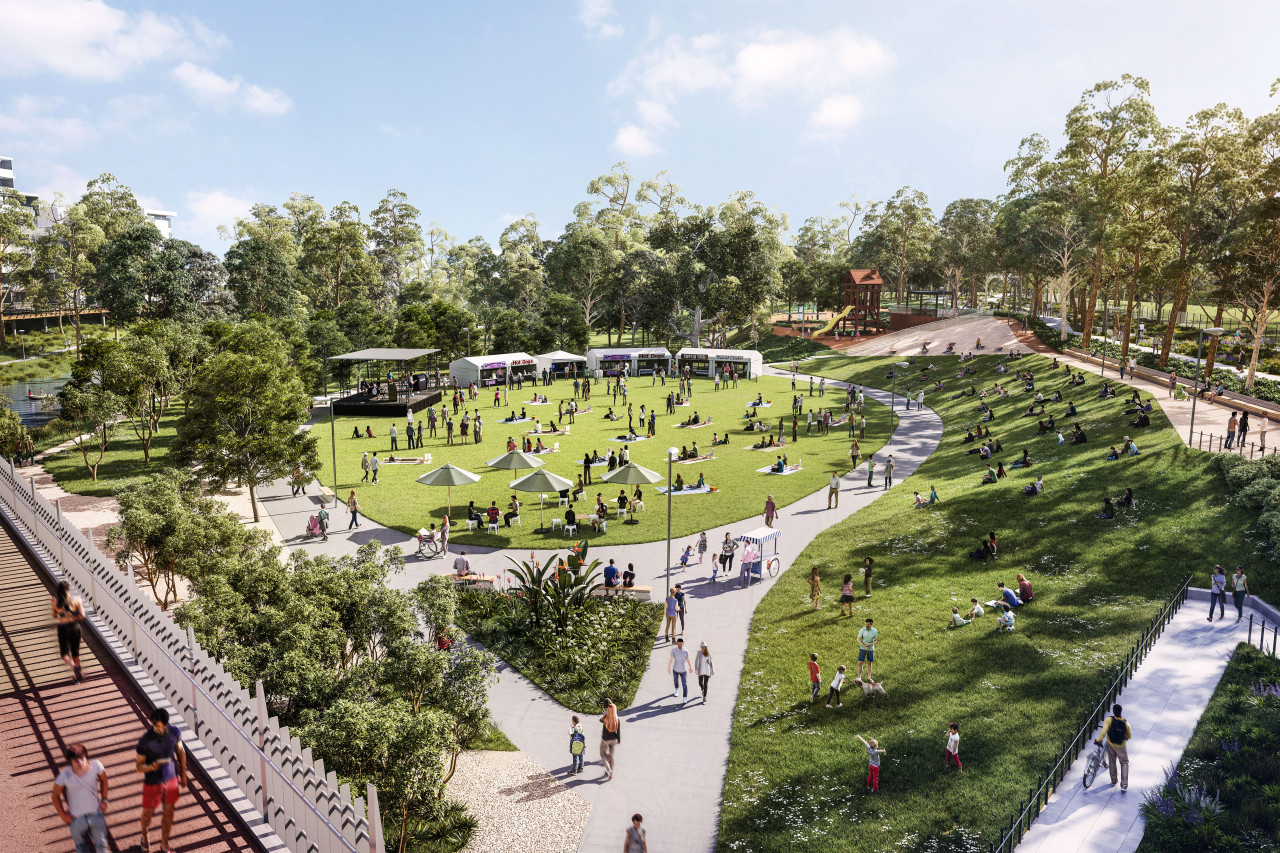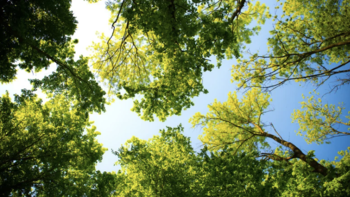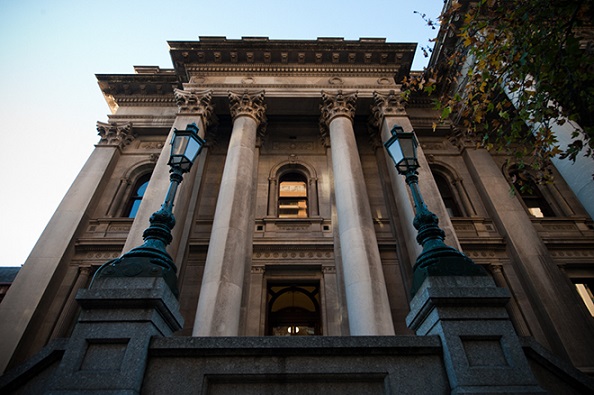Myths and conspiracies surround COVID-19 – so, how can scientists cut through the misinformation? A UNSW Sydney medical scientist explains.
Associate Professor Darren Saunders is known for keeping misinformation in check and helping the public to better understand science.
The medical researcher also won a prestigious Eureka Prize for his outstanding contribution to public science communication.
“I’m a scientist who communicates; I make both my science and other people’s science accessible to the public using evidence-based practice,” A/Prof Saunders said.
“I have a conversation with people – I try to understand where they’re coming from and what information they’re looking for; I listen to and acknowledge their beliefs, fears, anxieties and questions, and then help them to navigate through the evidence.”
A/Prof Saunders said in order to get their message across, it was key for science communicators to show that scientists were real people who were there to help.
“That’s really important in the health space, in the context of the COVID-19 pandemic, because people are stressed and anxious, and they have a lot of big questions that are affecting their day-to-day lives,” he said.
“So, it’s okay for people to be scared and confused about what’s going on, but it’s critical for us to be able to help people find accurate information and put facts and evidence into the discussion.”
Know your audience
A/Prof Saunders said it was important for science communicators to understand who their audience was in order to communicate effectively.
“We need to distinguish between the everyday person who’s looking







